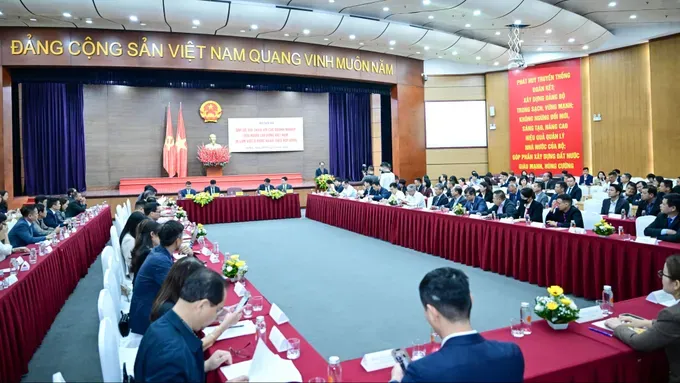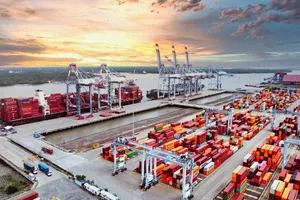
According to the Department of Overseas Labour Management under the Ministry of Home Affairs, in the first ten months of 2025, more than 121,000 Vietnamese workers went abroad under labor contracts. Key markets remain led by Japan, with over 55,000 workers, followed by Taiwan (China) with more than 47,000, and South Korea with nearly 10,000. European markets, including Germany, Romania, Hungary, and Russia, have remained stable.
It is estimated that by the end of 2025, the total number of Vietnamese workers employed abroad will reach 636,000 for the 2021–2025 period.
According to the Department of Overseas Labour Management, Vietnamese workers employed abroad earn relatively stable incomes, significantly higher than those in equivalent domestic positions with similar skills. On average, they remit around US$6.5–7 billion annually, making a substantial contribution to the country’s foreign exchange reserves, boosting savings, and improving the living standards of workers and their families.

Among the countries mentioned, Middle Eastern nations, particularly the United Arab Emirates (UAE), have recently emerged as key destinations for Vietnamese workers. Vietnam and the UAE have signed multiple agreements on labor cooperation since 2009, while Vietnamese workers first began going to the UAE in 1995. As of December 2024, approximately 4,500 Vietnamese nationals are living and working in the UAE, primarily in construction, mechanical engineering, hospitality, and beauty services. Currently, more than 20 companies facilitate the deployment of Vietnamese labor to the UAE.
Following the UAE, Saudi Arabia has also become a significant destination for Vietnamese workers. Vietnam has been sending labor to the country since 2004. At its peak, nearly 18,000 Vietnamese workers were employed there. Currently, around 5,000 Vietnamese nationals work in sectors such as domestic assistance, construction, transportation, hospitality, and mechanical and technical roles in oil and gas projects, earning an average monthly salary of US$500–US$1,200. Between 2022 and 2024, a total of 1,466 workers were sent to Saudi Arabia.
According to the Department of Overseas Labor Management, sending Vietnamese workers abroad still faces several challenges. In Japan, some businesses do not have a good performance in properly selecting and training workers before departure, with high fees and instances of illegal labor practices. These gaps have created opportunities for workers to breach contracts and remain in Japan illegally.

In South Korea, government authorities have not prioritized labor cooperation in relevant sectors, leading to a lack of timely coordination. The rate of contract breaches among seafarers working illegally outside their agreements remains very high, exceeding 50 percent.
In Taiwan (China), Vietnamese workers are primarily employed as caregivers and nurses in hospitals and care centers, construction workers, nearshore fishing crew, and in agriculture. This has resulted in a workforce with relatively low skill levels and work discipline, while fees charged by intermediary agencies remain high.
According to the Department of Overseas Labor Management, numerous individuals and organizations without proper licensing or authorization to send workers abroad continue to advertise locally and on social media to attract Vietnamese laborers. This not only complicates regulatory oversight but also poses potential risks of fraud.

Additionally, some workers lack full awareness of their responsibilities, leading to contract violations, illegal overstays, and breaches of the laws of host countries.
According to the Department of Overseas Labor Management, Japan is expected to receive around 820,000 foreign workers across 16 sectors between now and 2028.
In Taiwan (China), labor demand is projected to rise sharply, with an estimated shortage of 400,000 to 480,000 workers by 2030.
European countries such as Germany are facing a shortage of around 1.5 million workers in sectors including healthcare, nursing, science, engineering, IT, construction, mechanics, and electrical and plumbing installation, as well as hospitality. By 2030, the country is projected to face a shortfall of about 5 million workers across all sectors of its economy.
























